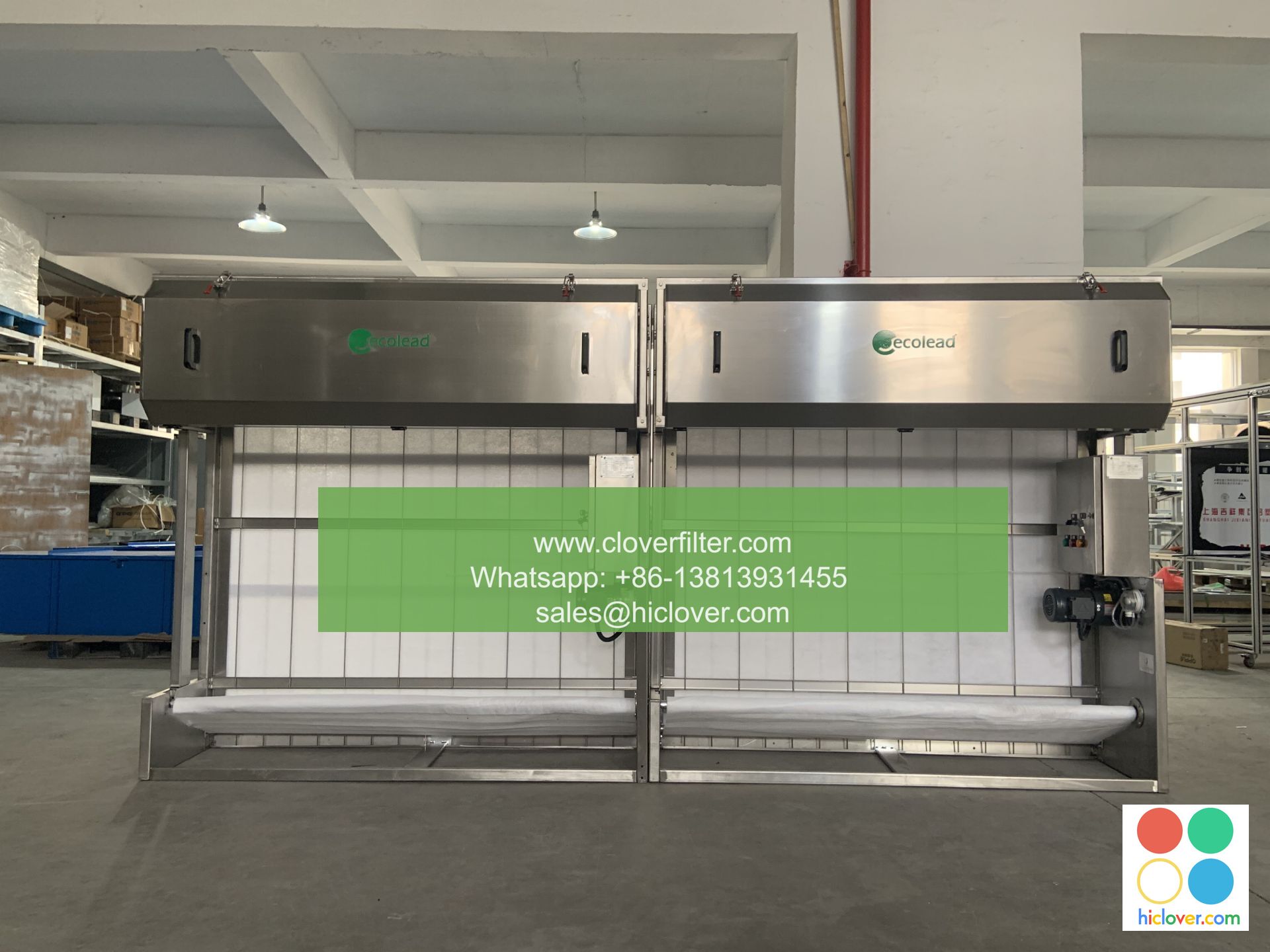The Science Behind Activated Carbon Air Filters: How They Work

The Science Behind Activated Carbon Air Filters: How They Work
Overview
Air pollution is a significant concern worldwide, with millions of people affected by poor indoor and outdoor air quality. Traditional air filters, such as HEPA (High Efficiency Particulate Air) filters, are effective in capturing large particles and Pollen, but they can struggle with smaller particles, gases, and odors. This is where Activated Carbon Air Filters come into play. In this article, we’ll delve into the science behind these filters, exploring how they work, their benefits, and application areas.
What is Activated Carbon?
Activated carbon, also known as activated charcoal, is a highly porous material created by carbonizing organic materials such as coconut shells, coal, or bamboo. During the activation process, the carbon-rich material is transformed into a highly absorbent substance with a massive surface area, typically in the range of 1,000 to 3,000 square meters per gram.
How Do Activated Carbon Air Filters Work?
In simple terms, activated carbon air filters work by trapping pollutants and contaminants through a combination of physical adsorption and chemical reactions. When air passes through the filter, the following mechanisms occur:
- Physical Adsorption: Small particles and gases adhere to the activated carbon surface, occupying the pores and locking onto the large surface area.
- Chemical Reactions: Once particles and gases bind to the activated carbon, the carbon atoms react with them, breaking down and transforming them into harmless compounds, such as water and carbon dioxide.
Benefits of Activated Carbon Air Filters
Activated carbon air filters offer several advantages over traditional air filters:
- Gas Capture: Activated carbon is highly effective in capturing volatile organic compounds (VOCs), including odors, gases, and chemicals, which can be costly to remove with traditional methods.
- Particle Capture: The filter’s porous structure allows it to capture particles as small as 0.01 microns, including bacteria, viruses, and other microscopic pollutants.
- Cost-Effective: Activated carbon air filters are often more cost-effective than traditional HEPA filters, which require more complex and energy-intensive manufacturing processes.
Application Areas
Activated carbon air filters find extensive application in various industries, including:
- Industrial: In manufacturing, mining, and construction, where high particle and gas capture is crucial for minimizing airborne pollutants.
- Medical: In hospitals, medical facilities, and laboratories, where clean air is vital for patient health and equipment protection.
- Commercial: In offices, schools, and public spaces, where maintaining good indoor air quality is essential for occupant health and well-being.
- Residential: In homes and homes, where activated carbon air filters can help remove pollutants, odors, and allergens, promoting better indoor air quality.
Conclusion
Activated carbon air filters offer a potent solution for capturing pollutants, particles, and gases in a wide range of applications. By harnessing the power of activated carbon, manufacturers and users can effectively mitigate air pollution, ensuring cleaner, healthier air for everyone. With its numerous benefits, activated carbon air filters are an essential tool in maintaining indoor and outdoor air quality.
I’m here! What can I help you with? Do you have a specific prompt or topic in mind? I can assist you with:
1. Answering a question or providing information on a particular subject.
2. Generating creative content, such as stories, poetry, or dialogue.
3. Brainstorming ideas or solutions for a problem.
4. Practicing language skills, such as grammar or vocabulary.
5. Having a fun, natural conversation (I can chat about topics like news, pop culture, or personal interests).
Let me know how I can help!

